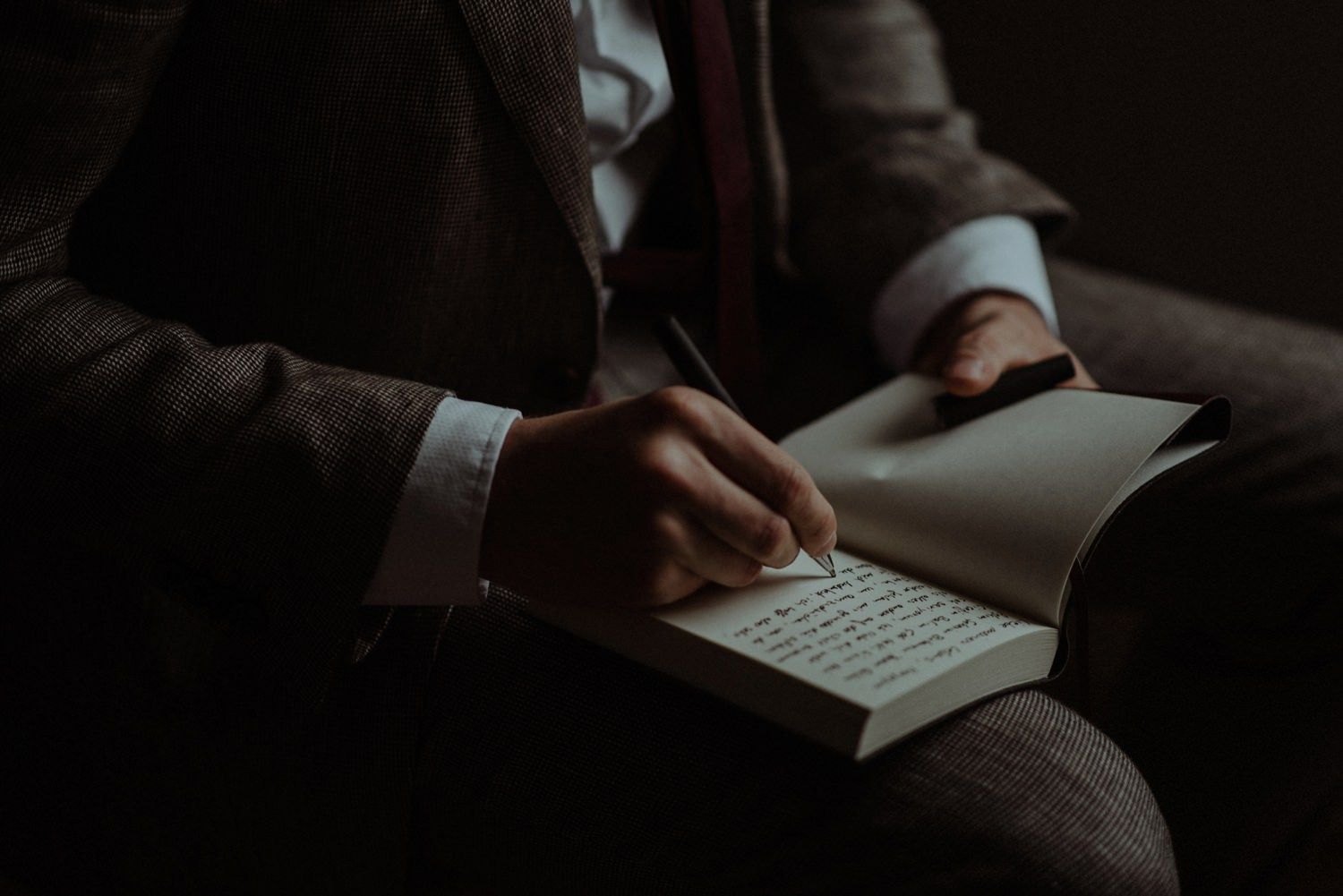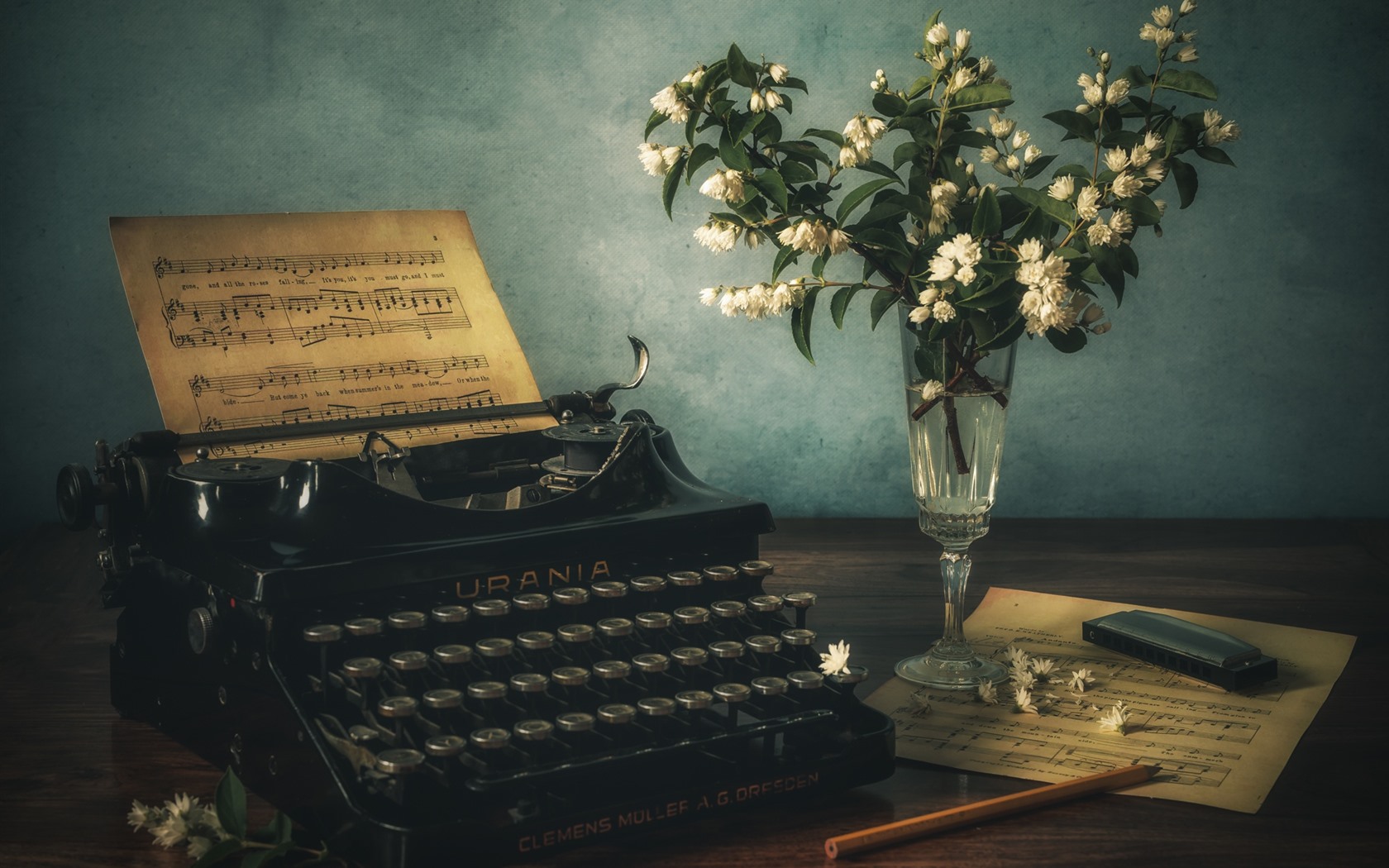Introduction
In the realm of publishing, the landscape has expanded, offering authors avenues like self-publishing on Amazon with a focus on royalties. Meanwhile, the art of writing aesthetic infuses prose with a unique essence, leaving an indelible mark on readers. Moreover, understanding cover letter types is pivotal, shaping the impression conveyed within professional correspondences. Let’s explore these interwoven facets, each playing a distinctive role in the literary world.
Self-Publishing Amazon Royalties: Navigating the Author’s Financial Frontier
For aspiring authors considering self-publishing on Amazon, understanding royalties forms a crucial part of the publishing journey. Royalties are the earnings authors receive from book sales, and comprehending their intricacies is fundamental. Here’s a guide to navigate self-publishing royalties on Amazon:
- Understanding Royalty Models: Amazon offers different royalty models based on factors like book format (eBook or paperback) and price. For instance, Kindle Direct Publishing (KDP) provides two royalty options: 35% and 70%, depending on the book’s pricing and distribution choices.
- Factors Affecting Royalties: Pricing, distribution channels, and book formats significantly impact royalties. Authors can set prices within certain ranges to optimize royalties while remaining competitive in the market.
- KDP Select and its Impact: Enrolling in KDP Select grants additional marketing tools and potential exposure through Kindle Unlimited. However, it requires exclusivity, impacting sales outside Amazon and influencing royalties.
- Global Reach and Earnings: Amazon’s global reach allows authors to tap into international markets, potentially increasing book sales and royalties. Understanding regional pricing and royalties is crucial for maximizing earnings.
- Monitoring Sales and Payments: Regularly monitor book sales through Amazon’s author dashboard. Payments are typically made monthly, with a delay based on sales cycles and payment thresholds.
Navigating Amazon’s self-publishing platform and understanding the nuances of royalties empowers authors to make informed decisions, optimizing earnings while reaching a global audience.
Writing Aesthetic: The Soul of Engaging Prose
The essence of writing aesthetic lies in the artful composition of language, infusing prose with beauty, depth, and emotional resonance. Crafting a writing aesthetic involves honing a unique voice, evoking sensory experiences, and creating vivid imagery. Here’s a guide to cultivate a captivating writing aesthetic:
- Developing a Unique Voice: Embrace authenticity in your writing, allowing your unique voice to shine through. Experiment with different styles, tones, and narrative techniques to find your distinct aesthetic.
- Sensory Detail and Imagery: Engage readers by painting vivid scenes using sensory details. Utilize descriptive language to evoke emotions and immerse readers in the world you’ve created.
- Balancing Clarity and Complexity: Strive for a balance between complexity and clarity. Craft prose that captivates without overwhelming readers, maintaining a flow that keeps them engaged.
- Emotional Resonance: Infuse your writing with emotions that resonate with readers. Create relatable characters, explore universal themes, and evoke empathy to forge connections.
- Revision and Refinement: Regularly revise and refine your writing. Pay attention to nuances, sentence structure, and word choice to enhance the aesthetic quality of your prose.
Mastering the art of writing aesthetic involves a continuous journey of exploration, refinement, and self-expression, shaping prose that captivates and enchants readers.
Cover Letter Types and Their Significance
Cover letters serve as introductory documents accompanying resumes or submissions, conveying professionalism and interest in a position or publication. The type of cover letter utilized shapes the impression it conveys. Considering the excerpt provided, it likely originates from an explanatory or narrative cover letter type.
- Explanatory Cover Letter: This type aims to elucidate or explain a particular situation, such as an author explaining their self-publishing experience and Amazon royalties in a submission to a literary agent or publisher.
- Narrative Cover Letter: A narrative cover letter often weaves a compelling story or narrative that aligns with the author’s journey, possibly detailing the writing journey, experiences with self-publishing, and insights gained from understanding royalties on Amazon.
Understanding the nuances of cover letter types empowers authors to craft correspondences that effectively convey their intentions and highlight their strengths within the publishing industry.
In essence, the convergence of self-publishing Amazon royalties, cultivating a captivating writing aesthetic, and understanding cover letter types form an intricate web within the literary world. Navigating these facets requires a blend of business acumen, creative finesse, and strategic communication, empowering authors to navigate the dynamic realm of publishing with confidence and artistry.





